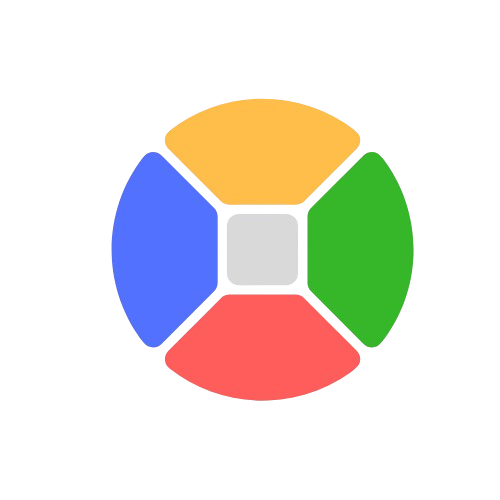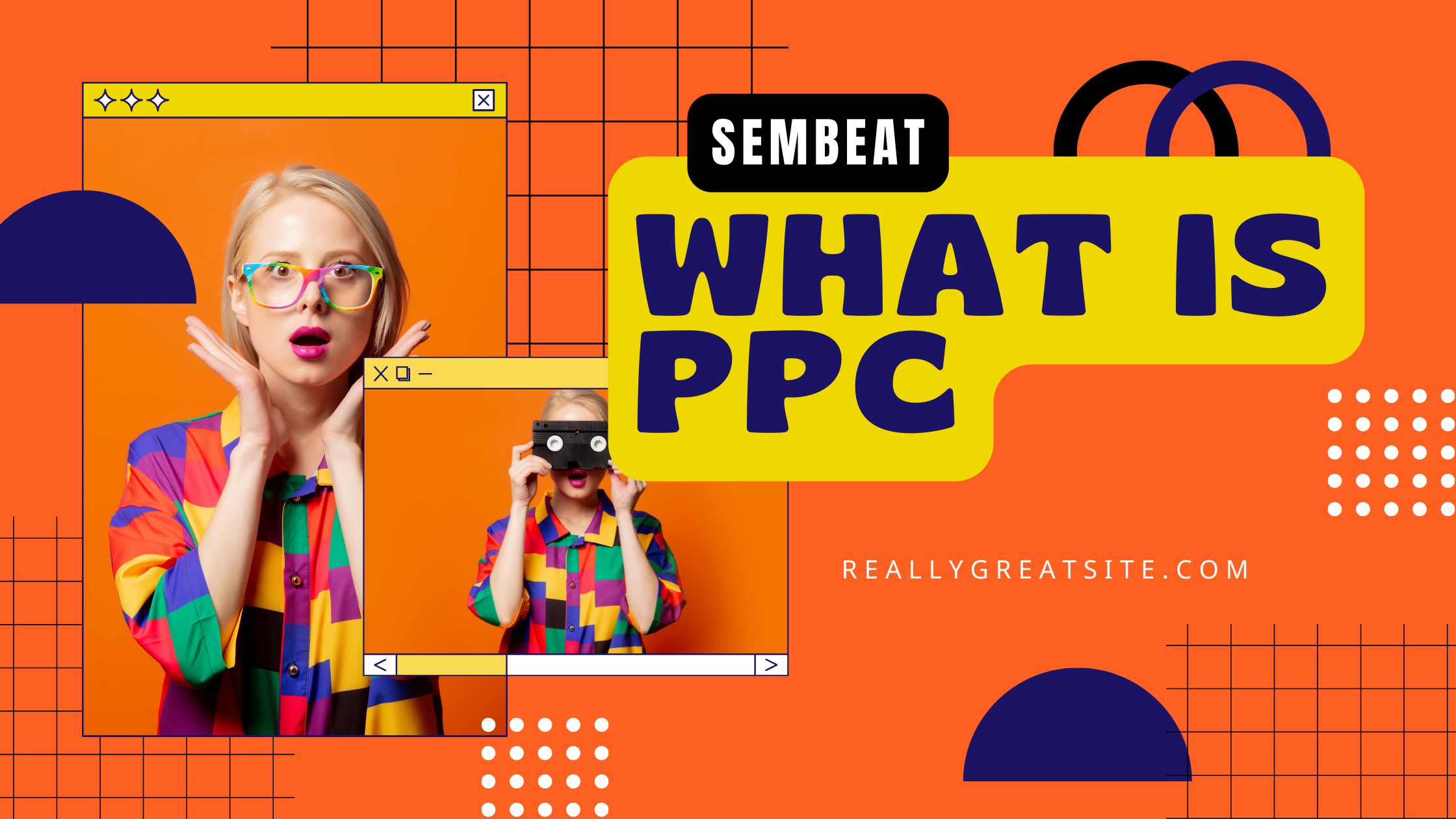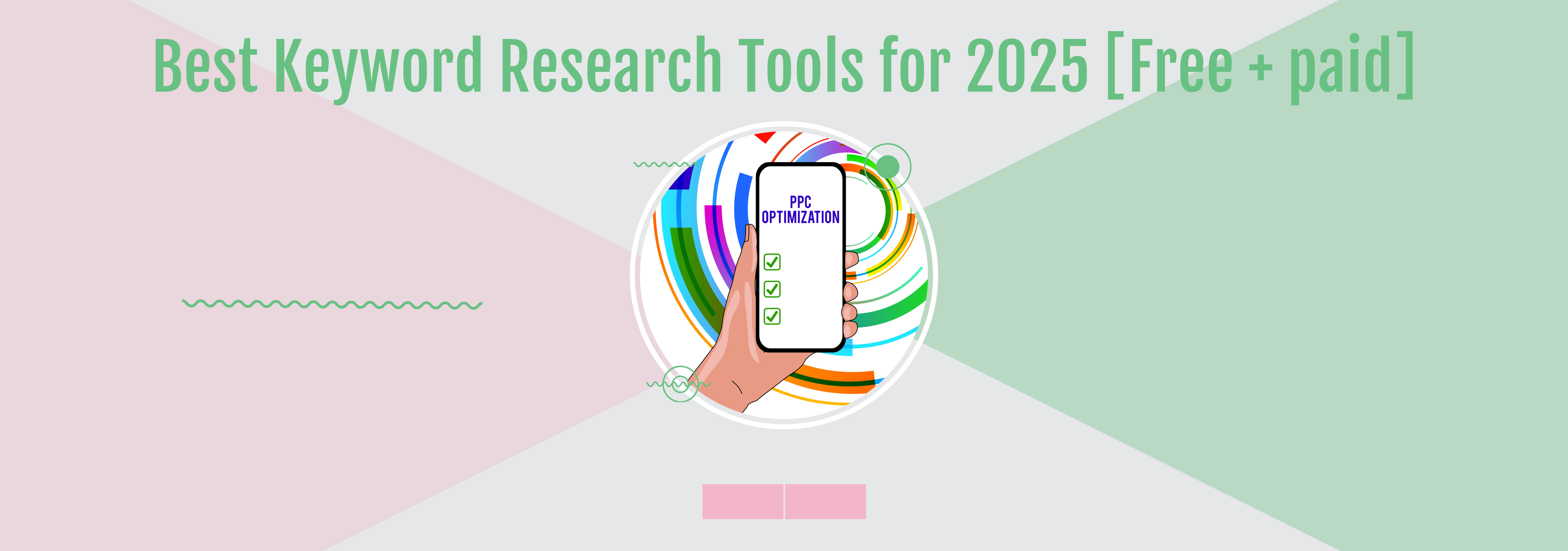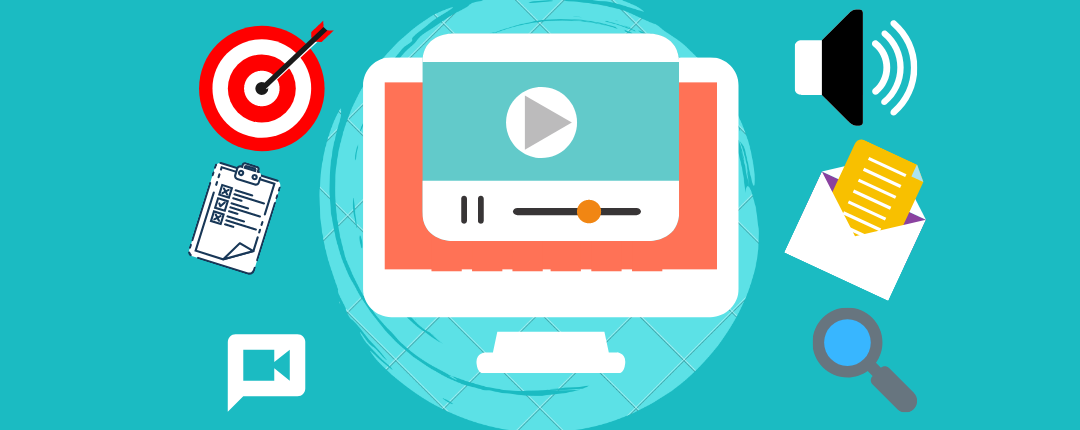Do you know that you can make $8 profit by spending $1 on your PPC ads? Visitors by Google ads are more likely to convert as a buyer than any visitor coming from organic result. With the stats like 80% revenue of Google is coming from Advertisements. So, it is much clearer from the above stats that PPC drives significant results to the businesses for your advertising.
And once you get them right, then they will start showing results instantly means higher revenue in your pocket. With my years of experience I am running ads for my clients based in several industries and locations. Below I want to share my PPC knowledge with you.
What is PPC?
PPC = Paid Ads that appears at the top of search engine result page above the organic results on Google. And other sites across the web. On search results ads are mentioned with a box written ad or sponsored with it.
Why PPC is important in 2023?
With growing competition and awareness of online search people are moving towards internet for searching nearby store, products, and services for their day-to-day requirements more than ever before. The relevant and trustworthy ads win their interest by showing exactly what they were looking for.
As an advertiser, we have to pay only for clicks to Google. If ads display in front of target audience and it’s relevant to their search terms then it is called impression.
With PPC results are instant. It will take few days to get conversions even with clicks will take you to landing page. Where you will get all information in hand which is helpful while making any decision.
Are you in researching any PPC agency for your business? This PPC glossary will help you understand all those terms with its importance and meaning used by industry experts. If you want to understand the definition of campaign just connect with me at support@sembeat.com and get consultation for FREE.
Right here check all PPC terms used by experts in 2023-
- Active View CPM – You will pay for 1000 viewable impressions of 50% ad on-screen for less than one second.
- Ad Campaign – Based on your website navigational structure, this is a set of same concept, theme, and goal. Campaigns have one or multiple ad groups and target related keywords.
- Ad Copy – Ad copy refers as a text appears as an ad, it generally has a title, URL and description. User interacts with ad first before visiting your website.
- Ad delivery – Set ad delivery paces throughout the day (standard delivery) or at any specific time (accelerated delivery)
- Ad extensions – Adding extra details about business to make ads more interactive ad extensions are used. This feature allows extra information about price, features, extra links and ratings, etc.
- Ad group – Based on keywords and themes of website campaigns are grouped in ad groups. Sets same set of keywords target under same bid. Ad groups helps us to keep account organized.
- Ad Network – Service held between ads and website owners. We can choose the ad placement where we want to host ads.
- Ad position – A position on SERP where advertisements are shown.
- Ad Rank – A value that is used to provide the quality of your ads based on keywords and bidding.
- Ad rotation – Ads setting allow you to set frequency of ads appearance on SERP. You can rotate ads evenly or advertisers select best performing ads to show on Google.
- Adsense – In this program Google provides compensation to site owner for ad placement on their site for per 1000 ad impressions. It works for matching text content and display ads to the content.
- Ad Scheduling – It allows customize the time period of showing ads online at that time when your ad will be more successful.
- Ad Status – Shows ad eligible to run, as well as restrictions on how or where it will run.
- Advertising policies – Guidelines from google for advertising campaign, this can include requirements for your ads, keywords or site. If your ads violate the policies it won’t run.
- Amazon Advertising – Amazon’s advertising platform to run ads for products pages, display ads, banner ads or suggested searches.
- Assisted conversion – Measure the interaction of users to leading up to conversion. There are muti touch points to see which channel is performing the best.
- Audience – Visitors or potential customers who are seeking for the products or services business offer.
- Automated Extensions – Set of Google ads features that automatically generate information snippets for your paid ads.
- Automated Rules – Google ads feature that will make automatic adjustments to your campaign based on customizations, such as seasonal factors, that you set in place beforehand.
- Automated Bidding – Google ads placed your bids amount for you to gather the highest amount of clicks possible while staying in your budget.
- Auto Tagging – With Google tags identifiers added in destination URL, you can track your ads performance with Google Analytics.
- Average CPC – Average amount of money spent when user click on your ads.




